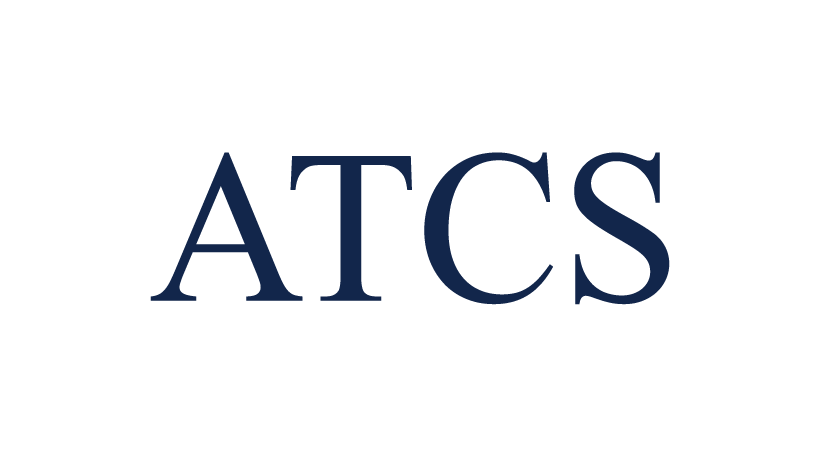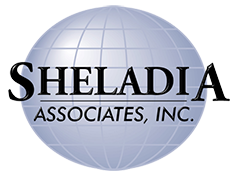Future of FE and PE Exams: CBTs, AITs or Simply Alternative Item Type Questions
This month we would like to start answering some of our readers’ questions regarding the PE exams.
All Civil Engineering PE exams (Construction, Geotechnical, Structural, Transportation and Water Resources and Environmental) are currently offered in pencil-and-paper format and available once or twice per year depending on the exam. Computer Based Tests (CBTs) for all civil engineering disciplines is scheduled to start in 2023 and they will be offered year-round. A brief background about the CBTs:
In 2010, NCEES (National Council of Examiners for Engineering and Surveying) started moving toward Computer-Based Tests (CBT’s). The process of first converting the FE and FS exams from paper-and-pencil to computerized exams changed the whole system of exam delivery.
This method of administering exams allowed candidates to have more flexibility in scheduling exams and provided a more uniform testing environment for all candidates while allowing NCEES to better protect exam content from theft, copying, and collusion. There are two types of CBT exams, year-round and single day exams.
Some CBT exams are administered year-round. NCEES constructs these exams using a linear-on-the-fly (LOFT) algorithm. This means that all examinees for a particular exam are required to answer the same number of questions in the same topics; however, no examinees will have the same set of questions.
The second type, single-day, CBT exams have a smaller examinee population using a different high-stakes testing model and are administered on a single day each year. All examinees taking these exams receive the same questions.
The question formats used on both types of exams are the same, independent of the statistical model employed.
After this brief introduction for CBT’s, now let’s talk about AITs.
Computer Based Exams include traditional multiple-choice questions as well as alternative item types (AITs). AITs provide opportunities to assess the technical knowledge of examinees using methods not available through paper-based testing.
As of July 1, 2017, the examinees taking a computer based NCEES exams have been receiving up to five types of questions on their exams.
Traditional Multiple-Choice (MC) questions that feature four answer options from which to choose. One of which is the correct answer.
Multiple Choice questions with Multiple Correct Options feature more than four answer options from which to choose and allow for multiple answer options to be selected or simply it requires examinees to select multiple answers.
Point and Click (P&C) questions require the examinee to select one or more pre-determined clickable areas that become visible when the examinee move his/her cursor over the graphic. To give an example for a P&C type question, you will be given the figures of a simply supported beam and its cross section (for example a rectangle). Assume the beam is under vertical transverse loads and the question asks you to mark (click) on the cross section where the maximum normal stress takes place. As you may’ve guessed, the correct answer would be at the top fiber (top portion) of the cross section. Another typical P&C type of question would a cantilever beam under downward transverse loads. In this case the entire top fibers of the beam will be under tension and bottom fibers will be under compression. Depending on the question, it is easy to mark the correct location on the figure to get the correct answer. Sometimes you will be given a graph, or a chart and you may be asked to mark a particular area depending on the question.
Drag and Drop (D&D) questions require the examinee to click and drag his/her answer options to sort, rank, match, or label a provided graphic. For example, you will be given the figures of four beams such as a simply supported beam, an overhanging beam, an indeterminate beam and a multispan beam. Next to the four figures you may see the list of four beam types. In this type of question, you will be required to match each of the beams with its correct description.
Fill in the Blank (FB) questions require the examinee to enter her/his response instead of choosing it from a list of answer options. Such questions can reduce or remove the potential for candidates to guess the correct response.
But in any case, don’t let these new AIT type questions scare you. As a rule, practice as many problems as you can. And never forget, during the FE and PE exams, the more time you spend on a difficult question, the more time you risk second guessing yourself. Always trust your intuition. You have worked hard, don’t doubt yourself. Come back to that difficult question when you might have a clearer mind.
Until next time,
Ahmet Zeytinci (Dr.Z.)
This email address is being protected from spambots. You need JavaScript enabled to view it.








